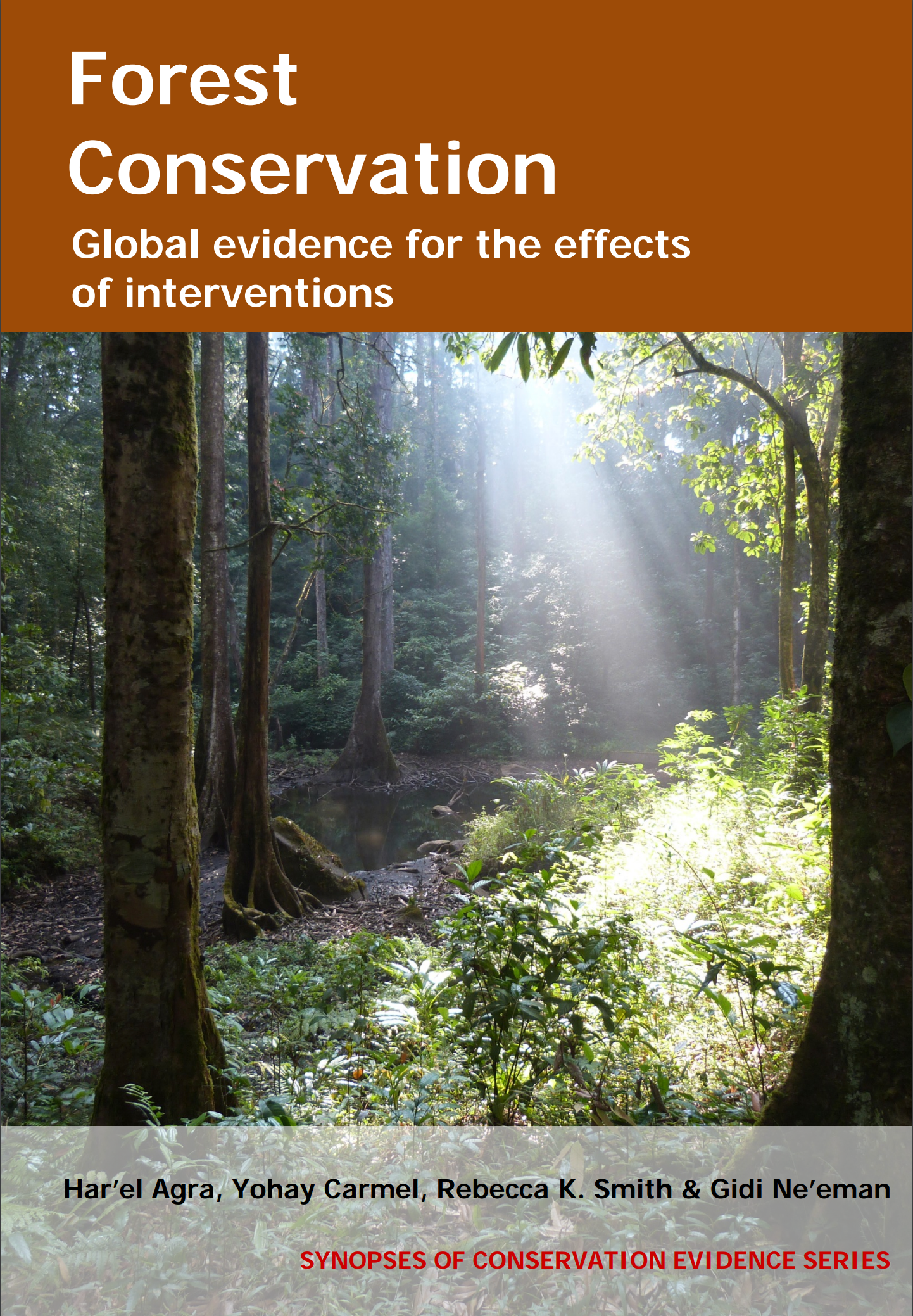Adopt community-based management to protect forests
-
Overall effectiveness category Unknown effectiveness (limited evidence)
-
Number of studies: 3
View assessment score
Hide assessment score
How is the evidence assessed?
-
Effectiveness
60% -
Certainty
35% -
Harms
0%
Study locations
Supporting evidence from individual studies
A replicated, site comparison study in 1985–2002 in 19 sites in tropical rainforest in Colombia (Armenteras, Rodriguez & Retana 2009) found that deforestation rates in indigenous reserves did not differ from those in surrounding forests, or those in uninhabited protected national parks. Deforestation rates in 14 indigenous reserves (0–1.99 %/year) did not differ from the forests surrounding them (0.01–2.89 %/year), or those in five protected national parks (0.02–0.17 %/year). However, the deforestation rate in national parks (0.02–0.17 %/year) was lower than in forests surrounding the parks (0.03–0.97 %/year). Deforestation rates were based on satellite images (Landsat, resolution 30 m) of the region taken in 1985, 1992 and 2002. The surrounding forest was defined as the forest within 10 km of the border of the parks and the reserves.
Study and other actions testedA replicated, before-and-after, site comparison study in 2006–2010 in the Oromia region in Ethiopia (Takahashi & Todo 2012) found that adopting community-based forest management increased forest cover. After two years, the forest cover in community-managed areas increased by 1.5%, compared to a 3.3% decrease in areas that were not managed by local communities. However, in the first year, forest in areas under community-management had a greater deforestation rate (12%) than in areas without community-based management (1.7%), but this was offset by a strong increase in forest cover in the second year (16.9%). The analysis took into account the likelihood that a forest was assigned to community management. From 2007–2009, ninety two areas were brought under community management. Community-based forests were clearly delineated, were monitored by the local community and individual use of forest areas was limited. Forest cover data was based on satellite images (Landsat, resolution 30m) from 2006–2010.
Study and other actions testedA site comparison study in 1990–2010 in three sites in temperate forest in Dolakha, Nepal (Niraula et al. 2013) found that the increase in forest cover was higher in community-managed areas than in nearby areas not managed by local communities. Over a 20-year period, 95% of the non-forested area was converted to forest in community-managed areas. In nearby forests that were not managed by local communities 71% of non-forest area was converted to forest over the same time period. Furthermore, the change from sparse forest (canopy cover 10–40%) to dense forest (canopy cover > 40%) was significantly higher in community-managed forests (62%) than in forests not managed by local communities (60%). At each of the three sites, the community-managed areas and non-community-managed areas were compared. Community-managed forests were managed and monitored by the local communities, according to a management plan they had designed. Tree planting was part of the management plans. Changes in forest cover were monitored using satellite images (Landsat, resolution 30 m) taken in 1990 and 2010.
Study and other actions tested
Where has this evidence come from?
List of journals searched by synopsis
All the journals searched for all synopses
This Action forms part of the Action Synopsis:
Forest Conservation
Forest Conservation - Published 2016
Forest synopsis





)_2023.JPG)














